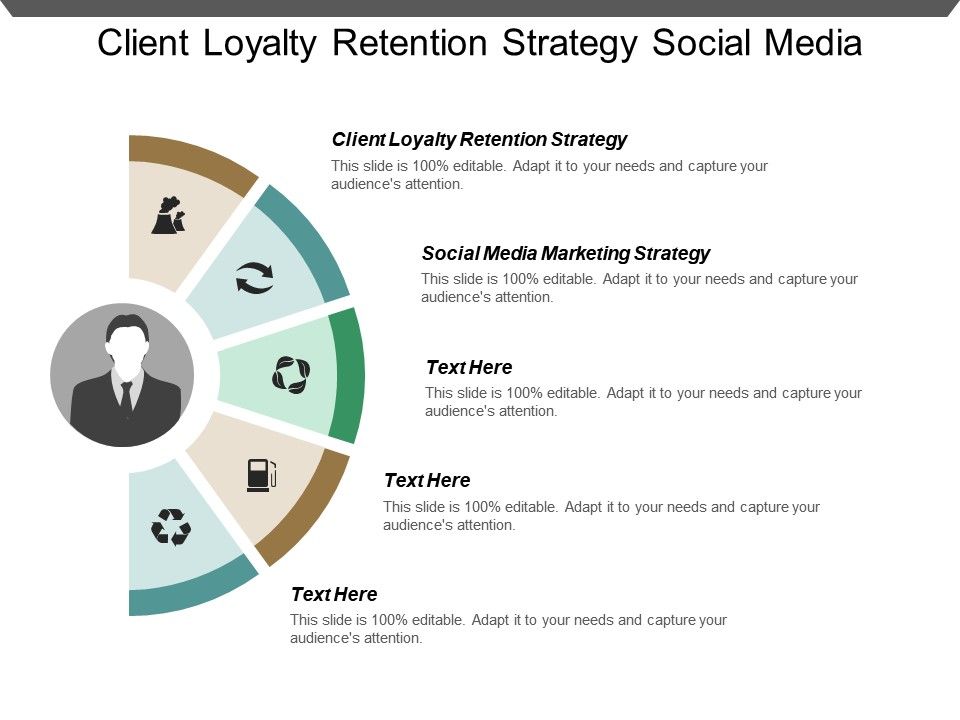Don't miss tomorrow's social media industry news
by Admin
Posted on 14-06-2023 12:26 PM

Challenge: with the ever-changing
social
media landscape, staying up-to-date with trends and platform updates is essential for maintaining customer engagement and loyalty. Solution: invest time in researching current trends, industry news, and social media platform updates. Regularly review your content strategy to ensure it aligns with these developments.
:max_bytes(150000):strip_icc()/SMM_Final_4188900-b14da77d5eee49019768a7b839a19efb.jpg) Participate in relevant conversations and engage with influencers in your industry to stay informed and connected.
Participate in relevant conversations and engage with influencers in your industry to stay informed and connected.
Using Social Media to Build Customer Loyalty
Social media has become increasingly mainstream, with more and more internet users now turning to it for everything including staying in touch with friends, sharing favorite products and services, disseminating information etc. Consequently, social media marketing has practically exploded overnight. When social media marketing first emerged on the scene, it was largely viewed as a way to build brand exposure. Social media is actually far more powerful and can be used in a variety of ways, including building customer loyalty.
 The value of a satisfied customer who returns to your business again and again is certainly not a new concept.
The value of a satisfied customer who returns to your business again and again is certainly not a new concept.
Consistent and exceptional customer service is crucial for building loyalty. A lack of consistency in your customer service experience can lead to dissatisfaction and a loss of customer loyalty. Businesses must prioritize customer service training to reduce churn and ensure all employees align with customer-centric values. You can also monitor customer service interactions using a support platform like intercom and tracking customer sentiment using social listening tools.
Building customer loyalty is crucial to surviving in today’s economy. With prices rising across the board, customers are reigning in their discretionary spending – making new customer acquisition difficult for the foreseeable future. To account for this, many companies are focusing on building customer loyalty and looking into ways to recession-proof their business. Multiple studies have shown that it costs six to seven times more to acquire a new customer than it does to retain an existing one – and that’s during “regular” economic times. Loyal customers also offer other advantages. Research published by bain & company found that just a 5% increase in customer retention increased profit by more than 25% because loyal customers spend more than new customers – and the more times a customer does business with a company, the less likely they are to defect to a competitor.
More and more companies have loyalty programs — and for good reason. A recent industry report showed that loyalty program members not only spend more and remain customers longer but they are also more likely to spread positive word of mouth. This helps explain why we’ve seen a proliferation of programs (we’ve seen new programs popping up across sectors like cosmetics, fast foods, and hotels). Target, for example, launched their target circle loyalty program ahead of this year’s holiday shopping period, after extensive test marketing showed increased spending for program members compared to those who were not enrolled. Given that loyalty program members tend to be a brand’s most valuable customers — and are already several steps into their journey with a brand— companies need to consider how they are communicating with them across different channels.
The future of personalized marketing and customer loyalty is an exciting and rapidly evolving space. As technology continues to advance and customer expectations continue to rise, businesses will need to stay on top of the latest trends and best practices in order to stay ahead of the competition. One of the key trends in personalized marketing is the use of artificial intelligence and machine learning. By analyzing vast amounts of customer data, ai and machine learning algorithms can help businesses to create even more personalized and targeted marketing campaigns that are tailored to each individual customer's preferences and behaviors.